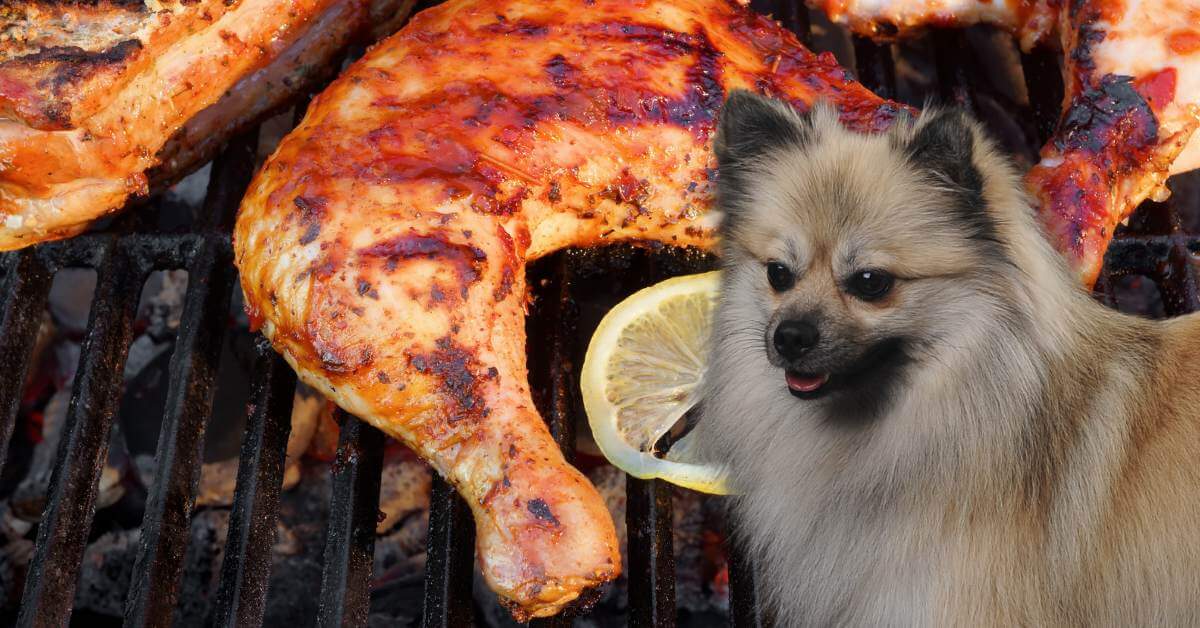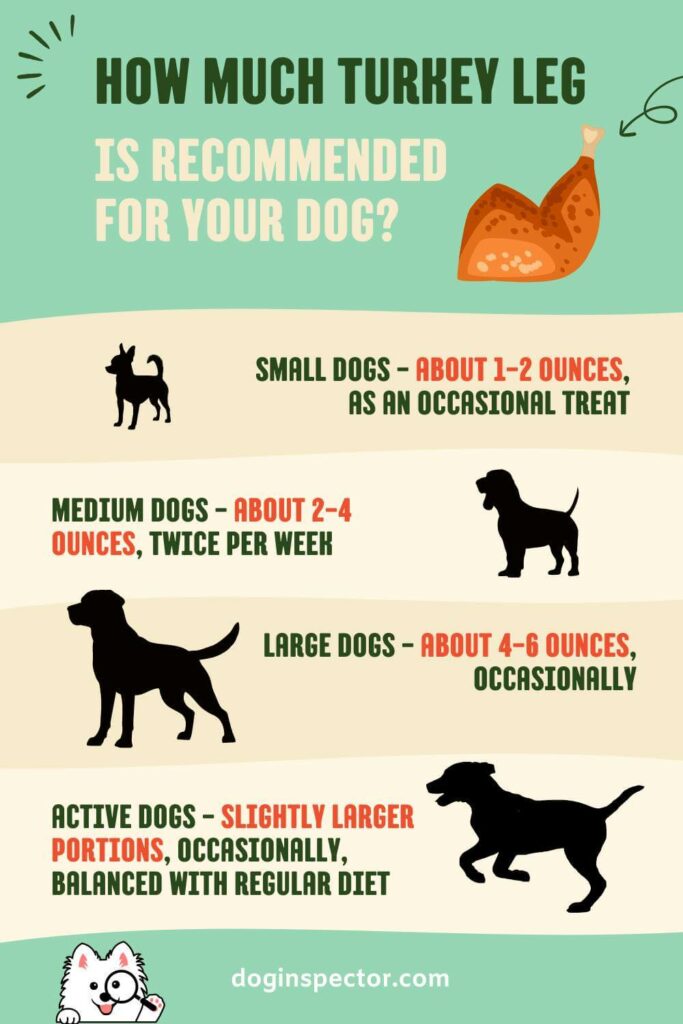Can Dogs Eat Turkey Legs?
Yes, dogs can enjoy turkey legs, but there are a few things to keep in mind. First, the turkey legs must be cooked. Raw turkey can carry bacteria that could make your dog sick. It’s important to remove all bones, as cooked bones can splinter and cause serious injuries. Also, avoid adding any spices, fancy sauces, and remove turkey skin. These extras might seem tasty to us, but they can upset your dog’s stomach.
Turkey meat is a great addition to your dog’s diet because it’s very healthy. It’s rich in protein, which keeps their coat shiny, their energy levels up, and their immune system strong. Adult dogs need about 18-25% of their diet to be protein, making turkey legs an excellent treat.
Besides being a good protein source, turkey also has other essential nutrients like B vitamins and selenium. These help with everything from energy metabolism to maintaining healthy skin. So, when you give your dog cooked, deboned turkey legs without any extra seasonings, you’re providing a nutritious treat that’s also quite delicious.
Just remember, moderation is key. Turkey legs should be an occasional treat, not a regular meal replacement. Stick to these guidelines, and your dog can safely enjoy the benefits of turkey.

Why raw turkey legs are not recommended for dogs
We don’t recommend feeding raw turkey legs, or raw poultry in general, to dogs. There’s a risk of cross-contamination, which means harmful bacteria from the raw meat can spread to other surfaces. For example, your cutting board where you cut the meat may contain bacteria, which can then transfer to your dog’s poop. Other dogs that sniff or come into contact with that poop can get sick too.
Cooking turkey doesn’t kill nutrients; it just makes the meat safer for dogs to eat. By cooking the turkey, we eliminate the bacteria and reduce the risk of any health issues. So, while raw diets are popular in some circles, sticking to cooked turkey legs is much safer.
And when it comes to raw diets for dogs in general, the research is limited, but dogs that eat a raw diet and commercial kibble food are in the same health range! There’s a study that compares the health of dogs fed two different types of diets: raw meat-based diets (RMBD) and high-quality commercial kibble. The goal was to see if there were any significant differences in health markers, like blood tests and overall health scores, between dogs on these diets. The study found that dogs fed raw meat-based diets (RMBD) had slightly better skin health and overall clinical scores compared to those fed high-quality commercial kibble. RMBD-fed dogs also had lower levels of certain enzymes and proteins in their blood but higher lymphocyte counts. However, both diets kept dogs within normal health ranges!

How much turkey leg can dogs safely eat?
When feeding turkey legs to dogs, the amount depends on the dog’s size, activity level, and overall health. Here are some general guidelines for different scenarios:
Protein is essential for dogs as it provides the amino acids needed for synthesizing nonessential amino acids and other nitrogenous compounds. Adult dogs generally require a minimum of 18% protein in their diet. Turkey legs, being high in biologically valuable protein, can be an excellent occasional treat to help meet these nutritional needs.
Love, life, and fur forever!
FAQs
Can dogs eat smoked turkey leg bones?
No, dogs should not eat smoked turkey leg bones. These bones can break and cause serious injuries, such as choking, blockages, or damage to the digestive tract. Additionally, smoked meats often contain high levels of salt, and sometimes artificial flavors that are not good for our dogs.
Can dogs eat raw turkey drumsticks?
No, we don’t recommend feeding dogs raw turkey drumsticks. Raw poultry carries a risk of bacterial contamination, such as Salmonella and E. coli, which can be harmful to both dogs and humans. Cooking the turkey drumsticks ensures that harmful bacteria are killed, making it safer for your dog to enjoy.